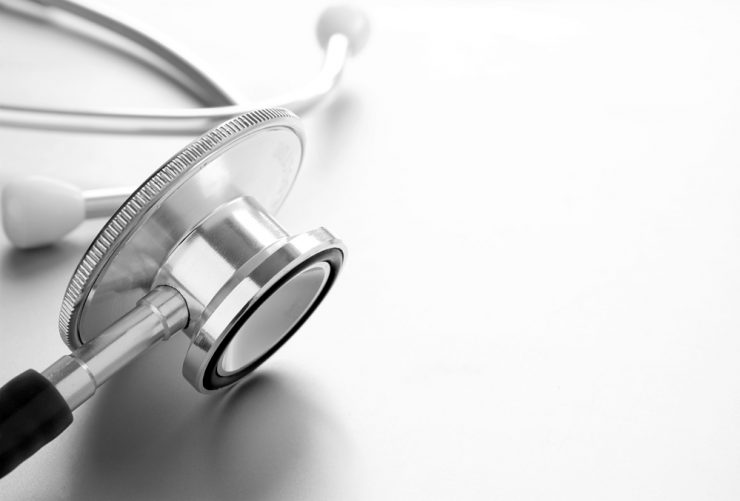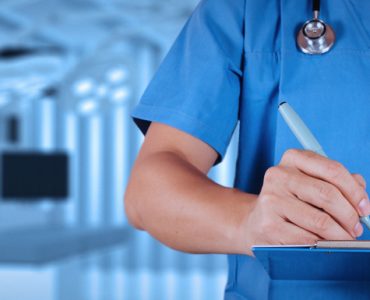The procedure in which the inside of body is checked directly using an endoscope(a device) is called endoscopy.An endoscope is fitted with a video camera and a light source and images of internal body parts are visible in an external monitor. It is generally a thin long tube and can be inserted into the body through a natural opening like throat. It may also be inserted through a surgical incision made in the skin. An endoscope is primarily a diagnostic tool but may be used to treat diseases like gallstone etc.
Why an Endoscopy is necessary
-For Diagnosis and investigation
When a diagnostic tool like X-Ray and MRI are not able to confirm the diagnosis, an endoscopy is performed. It may be used to investigate the degree of problem caused by a known condition to help the doctor decide the type of treatment.
Conditions that are generally diagnosed or investigated by endoscopy are
- Breathing disorders
- Stomach ulcers
- Urinary tract infection
- Internal bleeding
- Irritable bowel syndrome
-Biopsies and cancer
Endoscopy is used for treatment of cancer. Small samples of tissue are obtained using endoscopy.Biopsies in the body parts such as colon or lungs can be carried out using this procedure.
-Surgical procedures
Some surgeries can be carried out using modified endoscope.Some of these are
-Removal of foreign bodies or small tumours from lungs or digestive system
-Removal of gallbladder
-Tying and sealing of fallopian tube
How an Endoscopy works
Fibre optics
These are small pieces of glass that can act as light source as well as a camera. Its small size and flexibility makes it easier to be inserted in the body of patient without causing pain. Some different types of endoscopes are
Broncoscopes
– Cystoscopes
Gastroscopes
Hysteroscopes
Wireless capsule Endoscopy-In this procedure the patient swallows a capsule that can transmit images inside the digestive system or stomach. It is the size of a large capsule and leaves the body naturally.
How is Endoscopy performed
Depending on the part of body being examined, the patient may be advised to take certain precautions before endoscopy.
Some steps taken before endoscopy
-No intake of food or drinking water several hours before endoscopy is performed
-Patient may be provided with laxative to help clear out waste product from bowels
-Stop intake of medicines like warfarin that make blood thinner.
-A doze of antibiotic may be given to lessen infection.
-A local anaesthetic may be given to relax the patient
The process takes about 15 to 60 minutes to be done. It is generally performed on an outpatient basis. The patient is allowed to go home after the procedure.
Risks
This is generally a very safe procedure but complications may occur in some cases. Some possible complications that take place are
-The part of body examined by endoscope may get an infection.
-Excessive bleeding
-Piercing or tearing of an organ
-An allergic reaction due to anaesthesia
The general signs of infection are
-Pain and swelling
-Redness
-A fluid discharge or pus in the infected area.
One must consult the doctor immediately when these symptoms arise in the infected part in which endoscopy was carried out. Infections can be successfully treated with an antibiotic. An excessive bleeding or perforation of an organ may require surgery.











